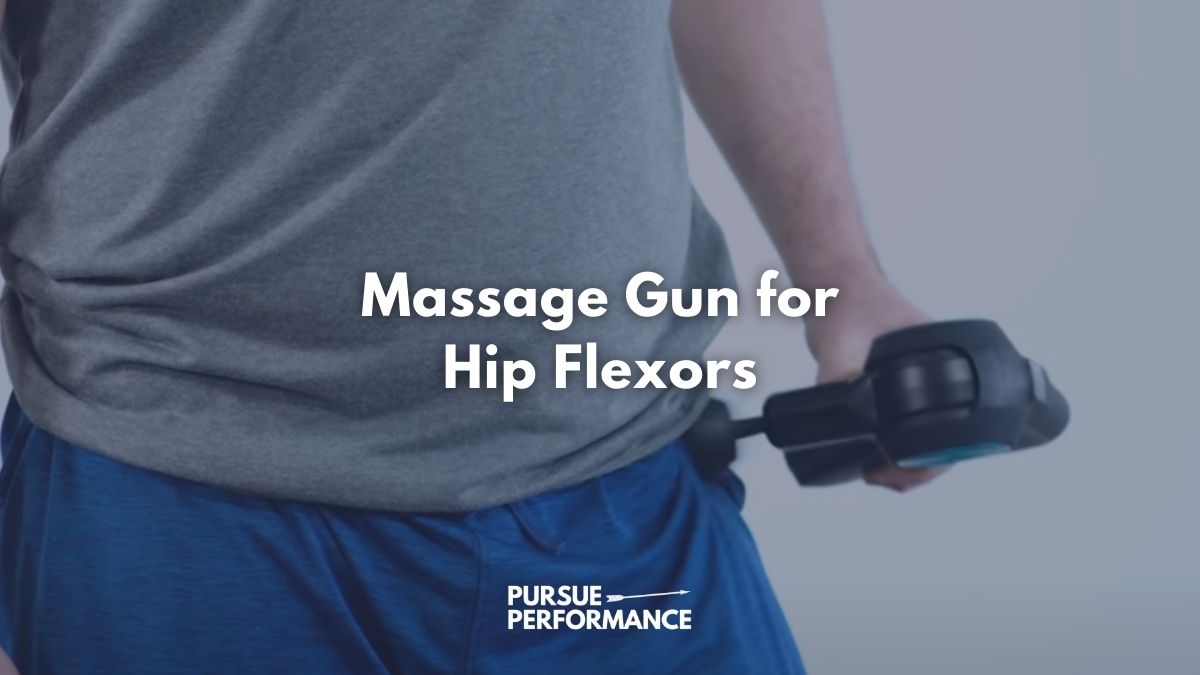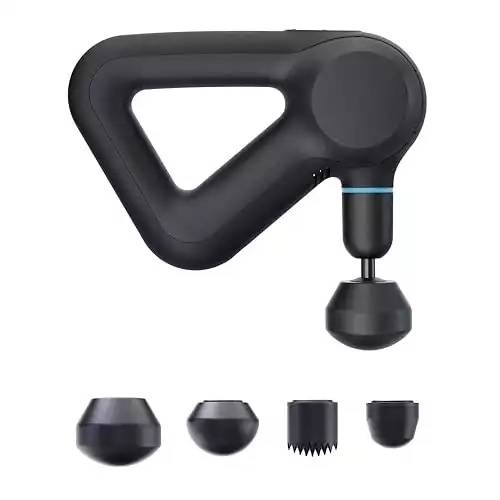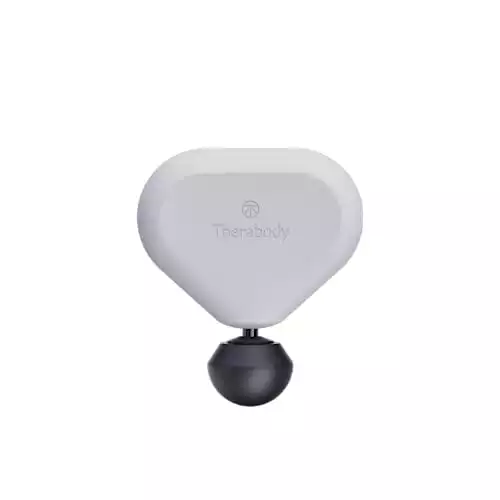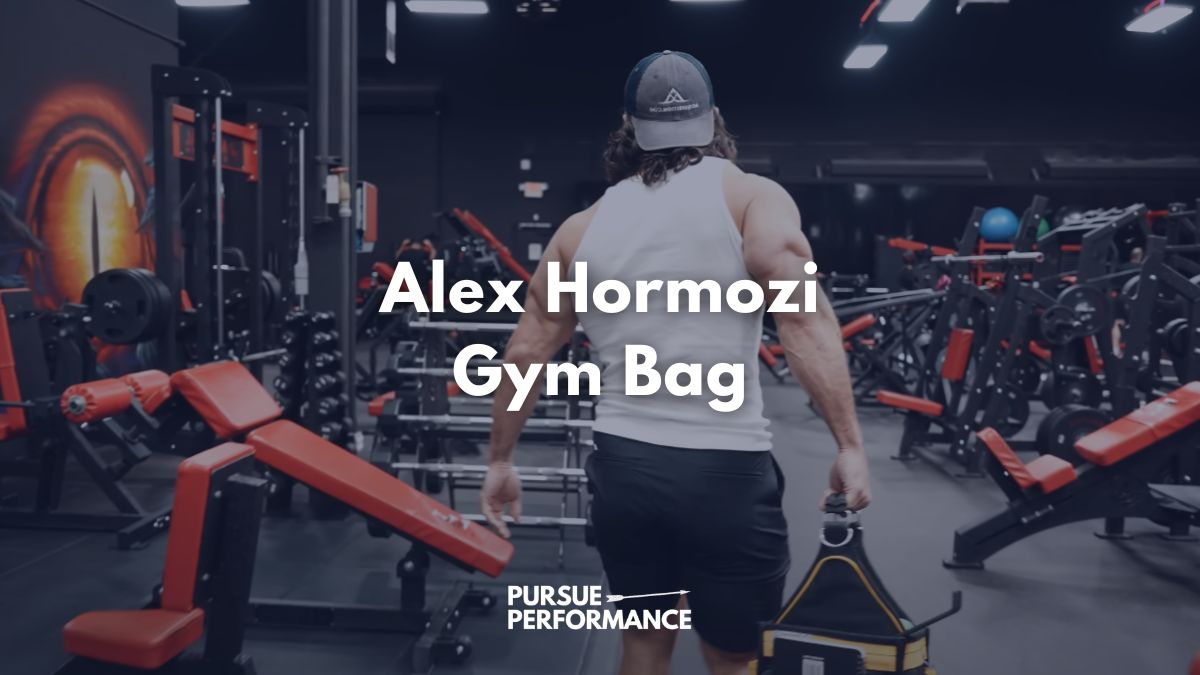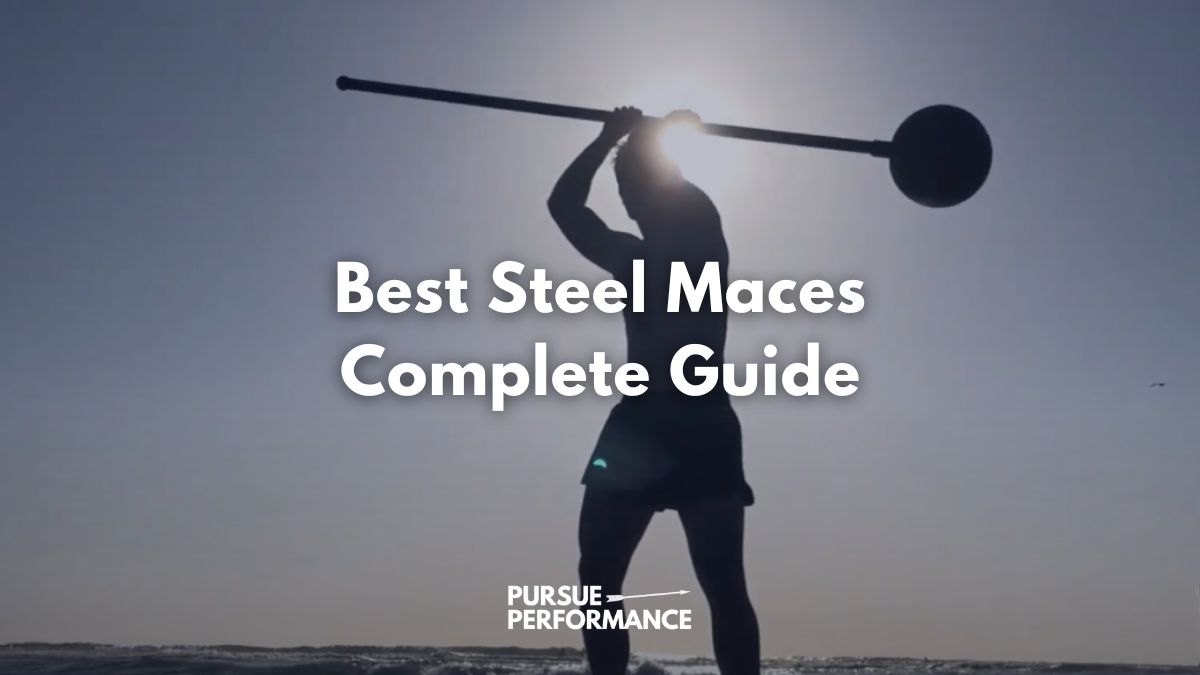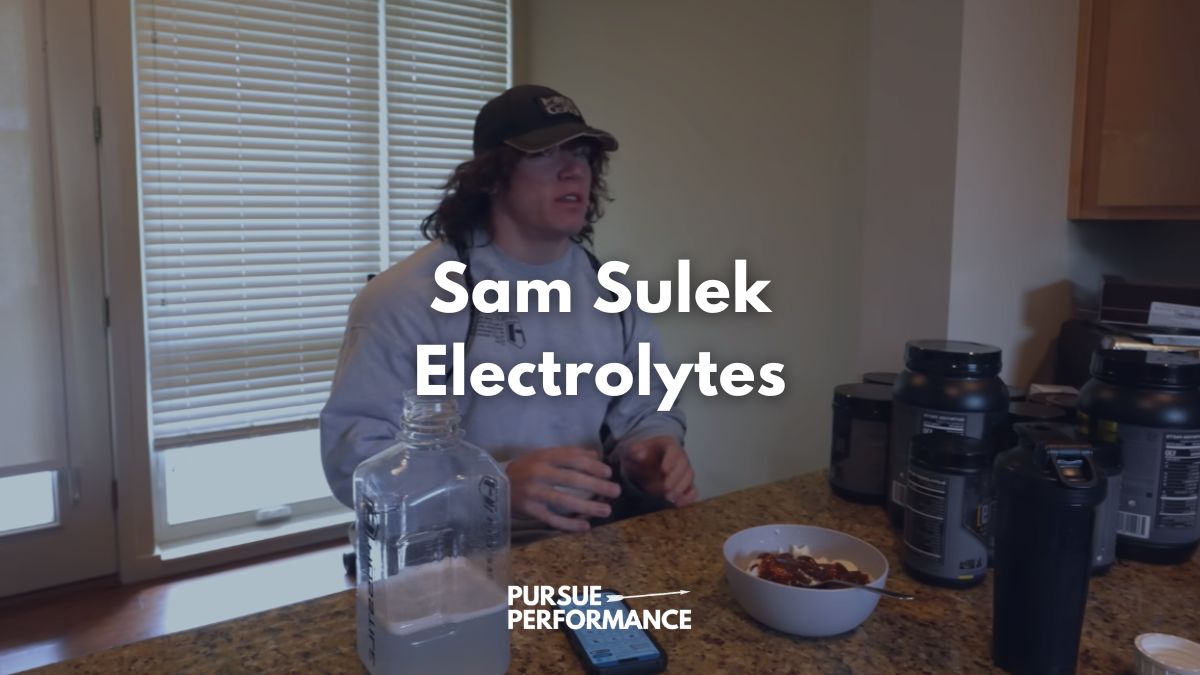With a massage gun, hip flexor tightness or soreness can often be treated.
Hip flexors play a crucial role in our daily movements, including walking, running, and bending. However, tightness in these muscles can lead to discomfort, pain, and limited mobility.
One innovative approach to relieving this tension is through the use of a massage gun, such as the popular Theragun.
In this post, we will cover the anatomy of the hip flexors, the causes of their tightness, the benefits of using a massage gun for myofascial release, and a step-by-step guide on how to use one to alleviate hip flexor tightness effectively.
Top Picks
Best Overall: TheraGun Prime
Best Portable: Theragun Mini Handheld
Hip Flexors Anatomy
The hip flexors are a crucial muscle group located at the front of your hip and upper thigh area.
They are essential for many of the movements your body performs daily, such as walking, running, and bending.
Within this group, there are a few key players.
- Iliopsoas: This is the star of the team, made up of two muscles, the iliacus and the psoas. They have their starting point in the lower back (lumbar region) and extend down to connect to the thigh bone (femur). This muscle is vital for lifting your legs and bending your body at the hip.
- Rectus Femoris: Part of the quadriceps muscle group, this muscle helps in extending the knee and raising your thigh.
- Pectineus: It works to bring your legs together and lift them up, assisting in movements that require your thighs to move towards the center of your body.
- Sartorius: Known as the longest muscle in the human body, it aids in bending the knee and turning the leg outward.
These muscles work together to allow you to perform movements smoothly and efficiently.
However, like any part of the body, they can become tight or strained due to overuse, lack of movement, or other factors, leading to discomfort and limiting your range of motion.
Tight Hip Flexors Cause
Tight hip flexors can happen for many reasons, and they can make moving around less comfortable.
Let’s break down some of the main reasons why this might happen, whether we can avoid it, and any other important details to know.
| Cause | Avoidability | Details |
|---|---|---|
| Prolonged Sitting | Mostly Avoidable | Sitting too much makes the hip flexors short and tight. Try to stand and stretch every hour. |
| Limited Physical Activity | Mostly Avoidable | Not moving enough can weaken these muscles. Regular exercise can keep them flexible. |
| Athletic Overuse | Sometimes Avoidable | Sports that require a lot of running or kicking can overwork these muscles. Proper training and rest are key. |
| Pregnancy | Not Avoidable | The body changes during pregnancy can put extra strain on the hip flexors. Gentle stretching and exercise can help. |
| Aging | Not Avoidable | As we get older, muscles naturally lose some flexibility. Staying active can help slow this process. |
These causes can lead to the hip flexors being in a “shortened” state for too long, making it hard to maintain good posture, move around freely, and can lead to discomfort or pain in the hips and lower back.
Understanding these causes can help you take steps to keep your hip flexors happy and healthy, whether that means getting up and moving around more, stretching regularly, or being mindful of how you’re using your body during physical activity.
Theragun for Hip Flexor Pain
Massage guns, like the Theragun, offer targeted percussive therapy that can help release muscle tension, break up knots, and improve flexibility and circulation.
The rapid bursts of pressure from a massage gun stimulate blood flow, reduce soreness, and can even increase muscle activation and force production.
- 60% deeper reach vs. average massagers
This form of myofascial release is particularly beneficial for preparing the muscles for exercise or recovery after physical activity.
How to Use a Massage Gun on Your Hip Flexors
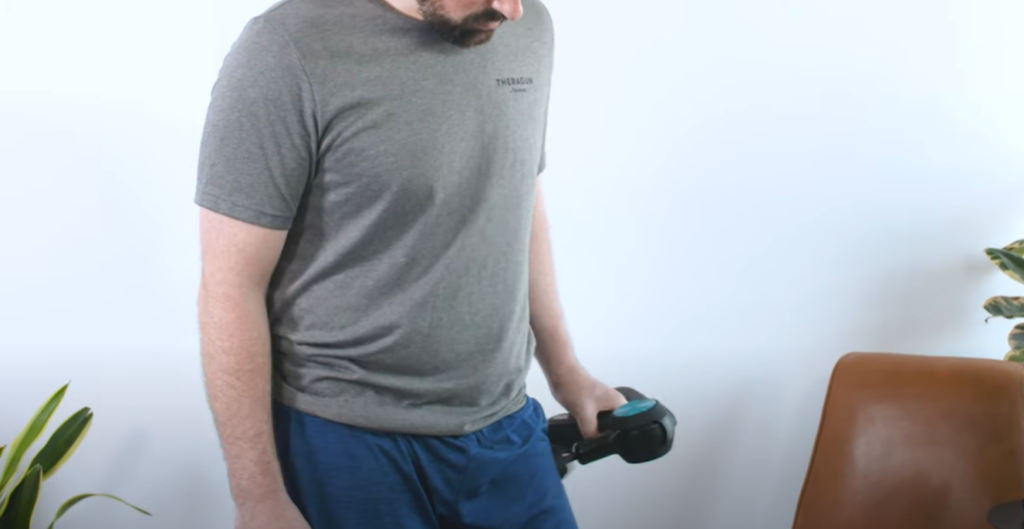
- Identify Tender Points: Start by locating sensitive areas along the front of your hips and thighs. These are your trigger points where the massage gun will be most effective.
- Position the Gun: Begin with the massage gun set to a low intensity, placing it gently on the identified areas of tightness. Maintain full contact by adjusting the angle as needed.
- Increase Intensity Slowly: Spend 30-90 seconds on each trigger point, gradually increasing the intensity. Deep breathing helps relax the muscles further.
- Target Key Areas: Focus on the front of the hip crease, the thigh’s quadriceps near the hip joint, and the area just below the abdomen.

Before starting any serious deep tissue manipulation, it’s advisable to consult with a healthcare provider, especially if recovering from an injury.
While massage guns are generally safe, they can cause bruising or discomfort in some cases, so it’s important to proceed with caution.
FAQ
Can a massage gun effectively treat hip flexor tightness?
Yes, a massage gun can effectively treat hip flexor tightness by providing targeted percussive therapy to release muscle tension and improve flexibility.
What role do hip flexors play in daily movements?
Hip flexors are essential for walking, running, bending, and many other daily movements by facilitating the lifting and bending of the legs.
What causes tight hip flexors?
Tight hip flexors can be caused by prolonged sitting, limited physical activity, athletic overuse, pregnancy, and aging, leading to a shortened muscle state and discomfort.
Is using a massage gun on hip flexors safe?
Yes, using a massage gun on hip flexors is generally safe, but it’s advisable to consult with a healthcare provider if recovering from an injury.
How do you use a massage gun on hip flexors?
To use a massage gun on hip flexors: identify tender points, position the gun with a low intensity, gradually increase intensity while focusing on key areas like the front of the hip crease and the thigh’s quadriceps near the hip joint.
Can tight hip flexors affect posture and mobility?
Yes, tight hip flexors can negatively affect posture and mobility by altering the tilt of the pelvis and curvature of the lower spine, leading to discomfort and limited movement.
Are there any precautions to take when using a massage gun on hip flexors?
Yes, follow the device’s instructions and use it carefully to avoid bruising or discomfort, especially over sensitive areas.

